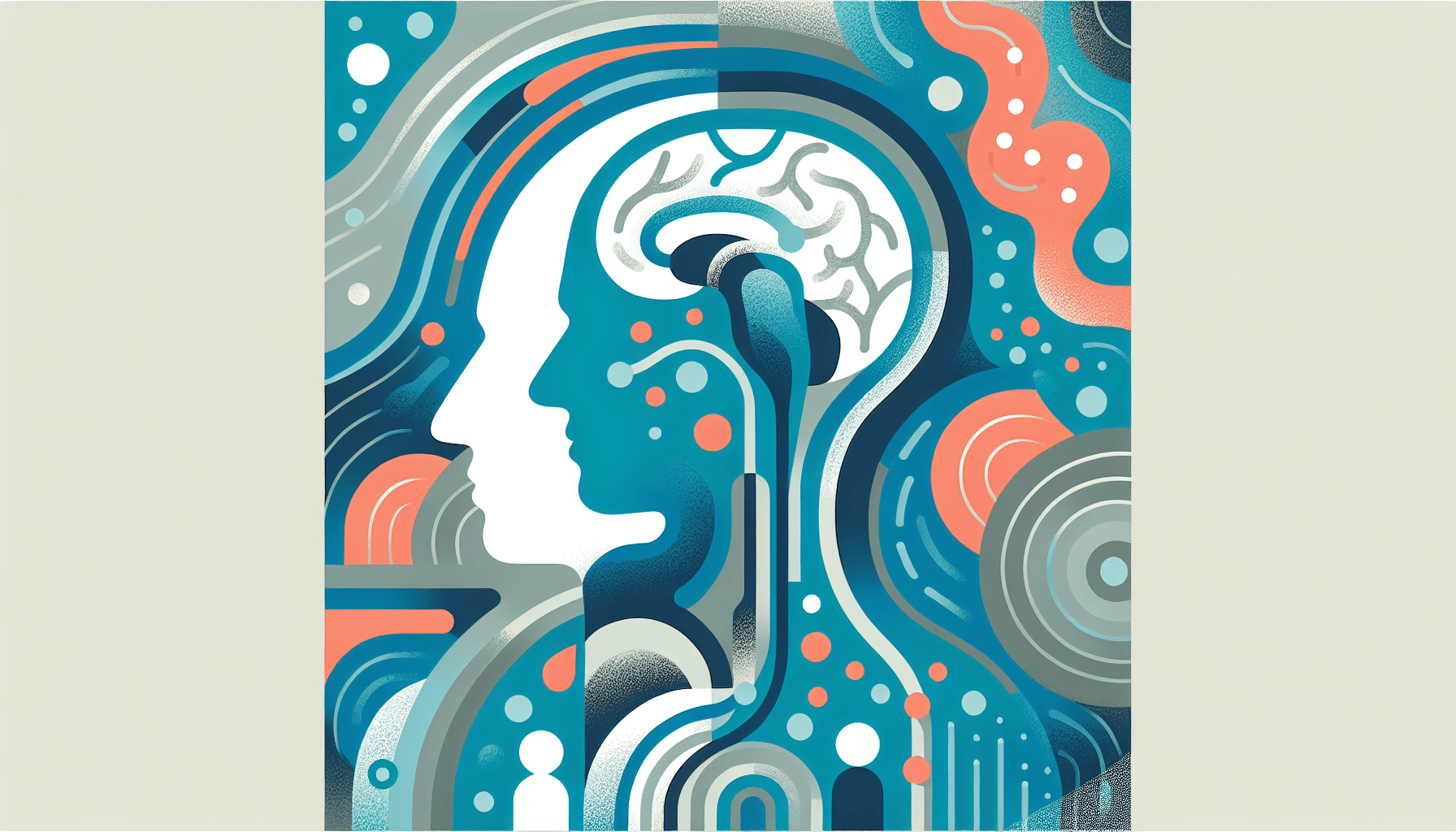Can I Take Zepbound a Day Early?
Key TakeawaysZepbound is a once-weekly injectable medication for weight management and obstructive sleep apnea (OSA) linked to obesity.Taking Zepbound a day early is [...]
Read More
Medically reviewed by Abhijit Bhattacharyya | MD, PhD, MBA, Tufts University School of Medicine - Miami, Florida on September 20th, 2023.
A brain aneurysm is a weak spot in the wall of a blood vessel inside the brain that can sometimes bulge out and potentially burst, causing a serious condition called a subarachnoid hemorrhage. While most brain aneurysms don't cause symptoms or health problems, it's essential to understand the risks, symptoms, and treatment options.
There are three main types of brain aneurysms:
Saccular aneurysms: The most common type, these aneurysms bulge out in a dome shape and are connected to the artery by a narrow neck.
Fusiform aneurysms: Less common, these aneurysms cause the entire artery wall to bulge out, creating a widened spot in the blood vessel.
Mycotic aneurysms: Rare aneurysms caused by bacterial, fungal, or viral infections that weaken the artery wall.
Symptoms of a brain aneurysm depend on whether it has ruptured or not. Unruptured aneurysms may not cause any symptoms, but as they grow larger, they can press on the brain and nerves, causing:
Dilated pupils
Blurred or double vision
Drooping eyelid
Difficulty speaking
Weakness and numbness on one or both sides of the face
A ruptured brain aneurysm is a medical emergency and requires immediate attention. Symptoms include:
Sudden, intense headache
Loss of consciousness
Nausea and vomiting
Stiff neck
Sensitivity to light
Confusion or trouble with mental awareness
Seizures

Brain aneurysms can develop due to inherited conditions or risk factors such as:
Age (being over 40)
Gender (women are more likely to develop aneurysms)
Smoking
High blood pressure
Family history of brain aneurysms
Alcohol and drug abuse
Traumatic head injury
Certain medical conditions (e.g., Ehlers-Danlos syndrome, polycystic kidney disease)
Doctors use various scans and tests to diagnose brain aneurysms, including:
Treatment for brain aneurysms depends on factors such as the size, location, and whether the aneurysm has ruptured. Options include:
Surgical clipping
Endovascular coiling
Flow diverter surgery
Microvascular clipping
Medications to manage symptoms and prevent complications
For ruptured aneurysms, prompt treatment is crucial to prevent further bleeding and potentially life-threatening complications.
While there are no guaranteed ways to prevent brain aneurysms, you can reduce your risk by:
Quitting smoking
Managing high blood pressure
Avoiding drug use
Limiting alcohol consumption
Maintaining a healthy diet and exercise routine
Regular follow-ups with intermittent imaging to monitor the size of known unruptured aneurysms
If you experience symptoms of a brain aneurysm, especially a sudden, severe headache, seek medical attention immediately. Early detection and treatment can significantly improve outcomes and prevent life-threatening complications. By understanding the risks, symptoms, and treatment options for brain aneurysms, you can take steps to protect your health and well-being.
Key TakeawaysZepbound is a once-weekly injectable medication for weight management and obstructive sleep apnea (OSA) linked to obesity.Taking Zepbound a day early is [...]
Read MoreKey TakeawaysZepbound is an FDA-approved medication for chronic weight management in adults with obesity or overweight, and for moderate to severe obstructive sleep apnea [...]
Read MoreKey TakeawaysZepbound is a once-weekly injectable medication that supports weight loss by activating hormone pathways regulating appetite and digestion.After the first dose, [...]
Read More